Pioneer vs Kicker: Speakers, Subs & Amps
Stylethority is reader-supported. When you buy through links on the site, we may earn a commission.
Comparing Pioneer vs Kicker has always been a bit of a headache for me. Both brands have firmly rooted themselves in the budget to mid-tier of car audio.
Sometimes the answer is clear. For example, only Pioneer focuses on head units, and the brand is well above mid-tier in this segment. Take the AVH-2400NEX, for example – a true contemporary classic.
For coaxial speakers, subs, or amps, though? Now that’s some tough competition with nuances to be taken into consideration.
Here are my favorites for each category. Make sure to continue reading to see my full comparisons, though.
| Product | Image | ||
|---|---|---|---|
|
Best value speakers
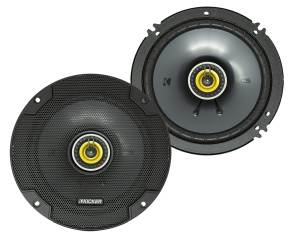
|
Kicker CS 6.5'' Speakers
|
Check Latest Prices |
| Product | Image | ||
|---|---|---|---|
|
DVC Subs winner
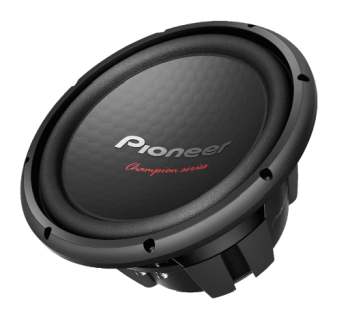
|
Pioneer Champion TSW312D4 12''
|
Check Price on Amazon |
| Product | Image | ||
|---|---|---|---|
|
Amps winner
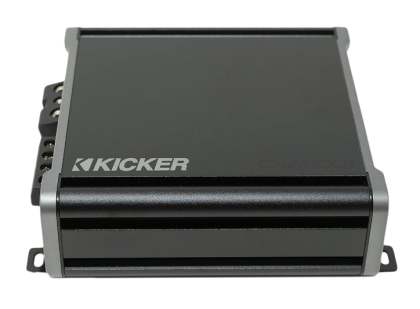
|
Kicker 46CXA8001
|
Check Price on Amazon |
And before I forget: nothing stops you from mixing those two with each other if you’re going for a full car audio setup.
Car stereo doesn’t discriminate. You can easily have a Pioneer head unit and then put some Kicker speakers for full stereo enjoyment. The better the head unit, the better the sound too.
If your HU is bad in terms of output power and the tuning settings suck, speakers alone won’t salvage the situation. On my daily driver I have this basic Pioneer single DIN, while my leisure vehicle has a more advanced sound setup:
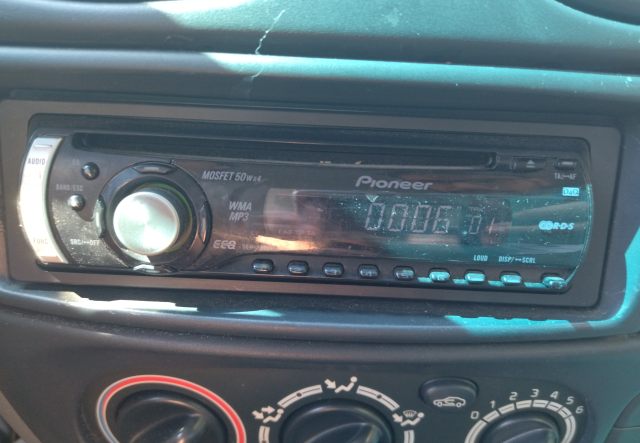
Here’s what I’ll cover in today’s article, you’re welcome to tag along:
- Kicker vs Pioneer speakers: including Pioneer D Series vs Kicker KS
- Kicker vs Pioneer subs: featuring their DVC subwoofers
- Kicker or Pioneer amps: discussing their Class 4 amplifier setups
You can also use the Table of Contents to navigate to your section of interests.
Kicker vs Pioneer speakers:
Exploring the differences
Both brands have a few different lineups targeting different budgets and achieving varying car stereo results. Before I get to these, though?
Let’s have a general verdict on how Kicker and Pioneer speakers approach sound output.
In general, you’d find Kicker speakers to be louder and more vibrant and meaty at the top end. Pioneers aren’t that great at the top level, but they do sound smoother.
Neither is especially great in the midrange department. I’d say Pioneer coaxials (check some on Amazon) are a step ahead, however.
Also, Pioneer tends to be slightly cheaper than Kicker counterparts; sometimes that sacrifices some design perks though.
These differences are most pronounced in the heated competition between the Pioneer D series vs Kicker KS series. Both are the premium take-on car stereo from either brand, with improved materials used and finer sound output.
Let’s take the Pioneer TS-D65F and Kicker 47KSC6504 as an example, two popular 6.5” choices for a slightly upscale stereo experience.
Here are their fundamental specs:

The higher frequency range of the Pioneer looks fine on paper. In reality, though, it doesn’t matter much. Let’s be real, any frequency above 22-23k Hz isn’t properly registered by us humans. So the D Series just flexes in this case.
What I like about the Kicker is the higher sensitivity (90 dB vs 85dB) and the more portable silk dome tweeter (3/4” vs 1”). Higher sensitivity means louder sound – which is further complemented by the Kickers staying vibrant at the top levels.
To be completely honest, though…If you want the best bang for your buck, I recommend neither. In this case, look at Kicker’s CS series or Pioneer’s A series.
Both of these offer a great balance between sound quality, price, and durable manufacture.
| Product | Image | ||
|---|---|---|---|
|
Kicker Spotlight

|
Kicker CS 6.5'' Speakers
|
Check Latest Prices |
| Product | Image | ||
|---|---|---|---|
|
Pioneer spotlight
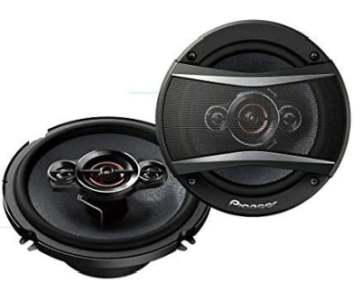
|
Pioneer A-Series 6.5''
|
Check Price on Amazon |
I’ve talked about the different Kicker series before. Pioneer has counterparts to every Kicker car speaker segment. For example:
- Pioneer A series is comparable to Kicker CS
- Pioneer G series is comparable to Kicker DS (budget speakers, I don’t recommend)
- Pioneer D series is comparable to Kicker KS
There’s one interesting thing, though. While there’s not much price difference between Kicker CS and DS, Pioneer G speakers can be way cheaper than the more upscale A series.
Pioneer vs Kicker subs:
DVC options
DVC stands for Dual Voice Coil. A DVC sub isn’t better in terms of power or sound quality compared to a single coil one.
So why bother?
Well, the key word here is flexibility. DVC subs have better wiring options. If you want a custom car stereo setup, a DVC subwoofer makes things waaay easier. They’re also better for amp configuring as you can deliver various loads for more optimal power output.
Anyways, I’ll be looking at Kicker CVR vs Pioneer Champion subs here. Both brands offer a variety of subwoofers, with the 10” or 12” being the most popular.
The main contenders in this category would be the Kicker CompVR 43CVR104 on one hand. On the other, we have Pioneer Champion TS-W312D4.
Frankly said, the Pioneer vastly outperforms the Kicker. The reason is simple – at a way cheaper price you get better specs.
The only huge benefit of Kicker CVR here is the better surround quality (polypropylene with Santoprene rubber makes it more durable than Pioneer’s elastic polymer).
Here’s a quick comparison table:
| Product | Image | ||
|---|---|---|---|
|
More power for cheaper

|
Pioneer Champion TSW312D4 12''
|
Check Price on Amazon |
| Product | Image | ||
|---|---|---|---|
|
More durable manufacture
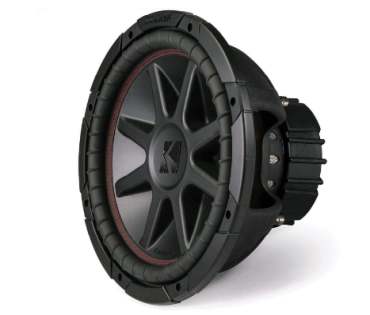
|
Kicker 43 CVR104 12''
|
Check Price on Amazon |
Kicker vs Pioneer amps:
Entry-level picks
Last but not least, let’s talk about the amps from these two brands. In this case, I’ll be focusing on entry-level options for beginners in car stereo system setups.
With amps, entry-level means Class 4, also known as Class D amplifiers.
The main contenders here are two very popular monoblock car amplifiers: Kicker 46CXA8001 and its direct competition, the Pioneer GM-D8701.
In terms of sound output power, these two are virtually the same.
You get a 1600W peak with Kicker; same with the Pioneer. The output is the same (800W) when you’re getting sound out from 1-channel at 1 Ohm impedance. Kicker kicks it up (heh) a bit if you decide to use it at 2 Ohms – 600W compared to only 500W with the Pioneer.
There are two bigger differences here.
First, the Pioneer GM-D8701 has a better frequency response: 10-240Hz compared to the 25-200Hz you’ll see with Kicker.
The second factor also tips the scale in favor of Pioneer: extra accessories. You get a remote bass level controller included with the Pioneer amp, as well as a speaker level to RCA input adapter.
In comparison, the Kicker 46XCA8001 has no controller – it’s an optional add-on you have to further pay for.
| Product | Image | ||
|---|---|---|---|
|
Extras included
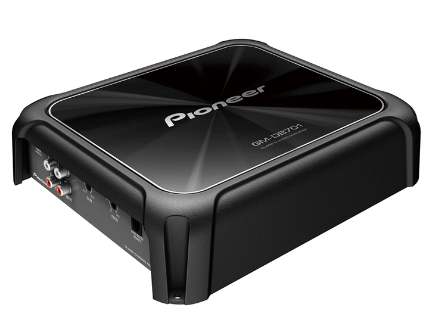
|
Pioneer GM-D8701
|
Check Latest Prices |
| Product | Image | ||
|---|---|---|---|
|
Advanced features

|
Kicker 46CXA8001
|
Check Price on Amazon |
Summary
There’s a lot to discuss on both Kicker and Pioneer. After all, with such a diverse product lineup I can’t really cover every single one of their series.
I do believe, however, that I’ve provided you with a concise comparison of their most popular contenders.
While I covered 6.5’’ coaxials, bear in mind both brands have various sizes. Another popular size is the Pioneer 6×9’’ door speakers and specifically, the A-Series TSA6967S Shallow speakers.
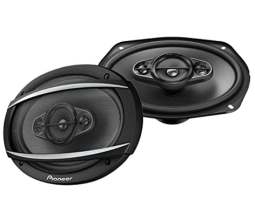
Decent power and great soundput on a shallow 6x9'' speaker design. Affordable price too.
I’m not partial to either brand; for me what matters is getting the best bang for your buck. In this sense, I have to point out that in Kicker car stereo components can be slightly overpriced compared to Pioneer equivalents.
As I said, though, Kicker does feature more vibrant highs and louder output, specifically with their car speakers.
Some people put a huge emphasis on these factors, so they wouldn’t mind paying a bit extra.
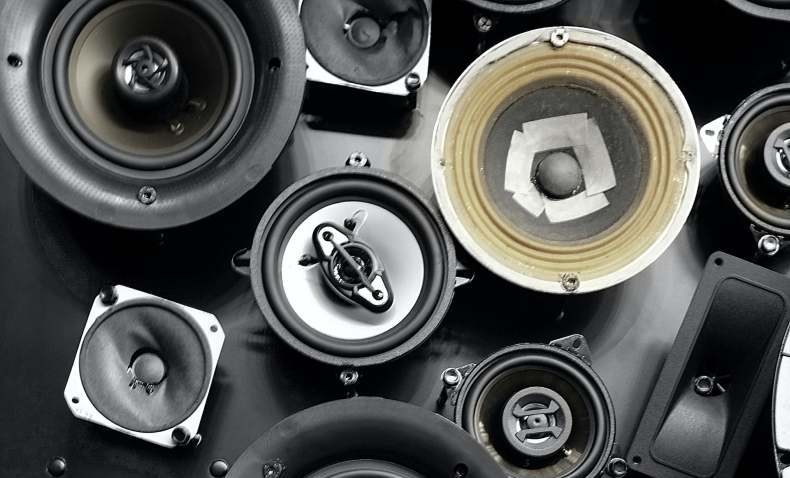
If you want to search around for specific sizes, both brands have a rich catalog that’ll fit any custom car stereo setup.
As I pointed out earlier, you can always mix up car audio components from both brands for a customized setup. If you have a Pioneer head unit, nothing stops you from hooking a few Kicker speakers on your door, dash, or wherever you want them to be.
- Woolx vs Smartwool: Discussing Some Details - October 4, 2023
- Best Struts For Honda Accord & Element: What Works - September 22, 2023
- Bilstein vs Monroe Shocks: My Opinion On What Works Best - September 19, 2023



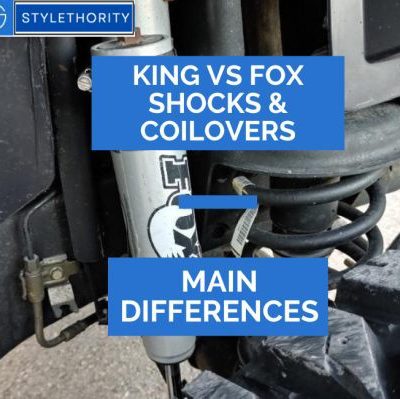


Kicker is way better li don’t care what anyone says I been banging a kicker subs since 1999